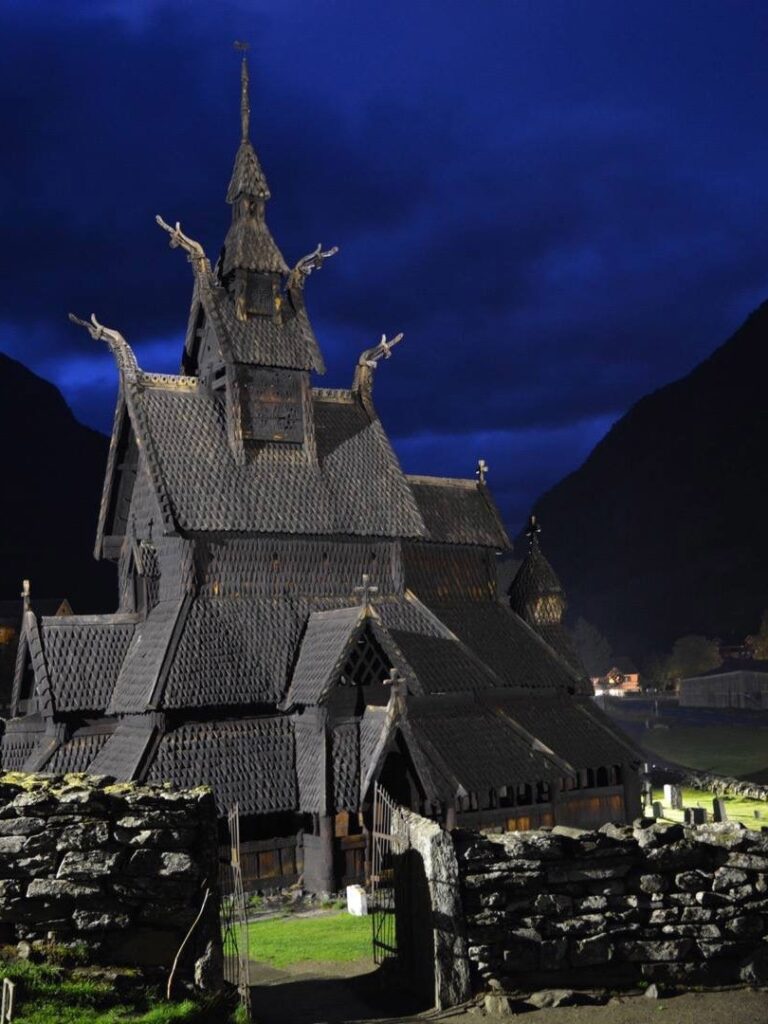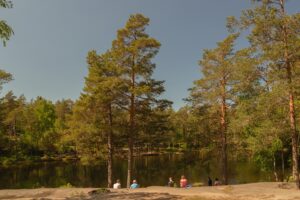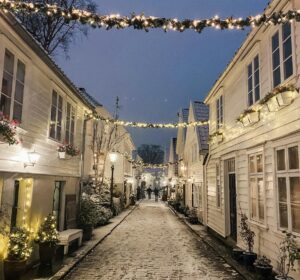Explore the Fascinating History of the Borgund Stave Church
Nestled in the picturesque village of Borgund in Norway, the Borgund Stave Church stands as a remarkable testament to medieval architecture and craftsmanship. This iconic wooden church, dating back to the 12th century, is one of the best-preserved stave churches in Norway and offers visitors a unique glimpse into the past. Whether you’re a history enthusiast, an architecture lover, or simply someone seeking a serene and beautiful place to visit, the Borgund Stave Church is a must-see destination.
What to See at Borgund Stave Church
Upon arriving at the Borgund Stave Church, you’ll be immediately struck by its intricate design and the dark, weathered wood that gives it a mysterious and ancient appearance. The church’s exterior is adorned with dragon head carvings and detailed woodwork, reflecting the blend of Christian and Viking influences that characterize stave churches. As you step inside, you’ll find a simple yet captivating interior, with wooden columns and beams that create a sense of warmth and intimacy.
One of the highlights of visiting the Borgund Stave Church is the opportunity to explore the surrounding area. The church is set against a backdrop of lush greenery and rolling hills, making it a perfect spot for a leisurely walk or a picnic. Nearby, you’ll find a visitor center that provides additional information about the church’s history and significance, as well as a small museum showcasing artifacts from the medieval period.
A Bit of History and Interesting Facts
The Borgund Stave Church was constructed around 1180 AD and has remained remarkably intact over the centuries. Stave churches are named for their unique construction method, which involves using vertical wooden posts, or “staves,” to support the structure. This architectural style was prevalent in medieval Norway, and the Borgund Stave Church is considered one of the finest examples.
One interesting fact about the church is its connection to both pagan and Christian traditions. The dragon head carvings on the roof are reminiscent of Viking ships, symbolizing protection and warding off evil spirits. Inside, the church features Christian symbols and motifs, illustrating the transition from paganism to Christianity in Norway during the Middle Ages.
The church has also been a source of inspiration for many artists and architects over the years. Its unique design has influenced various modern structures, and it continues to be a subject of study for those interested in medieval architecture.
How to Get There and Tips for First-Time Visitors
Reaching the Borgund Stave Church is relatively straightforward. If you’re traveling from Oslo, you can take a scenic drive along the E16 highway, which will take you through stunning landscapes and charming villages. The journey takes approximately four to five hours by car. Alternatively, you can take a bus from Oslo to Lærdal, which is the nearest town to Borgund, and then a short taxi ride to the church.
For those visiting for the first time, it’s important to note that the church is open to visitors from May to September. During this period, guided tours are available, providing valuable insights into the church’s history and architecture. It’s advisable to wear comfortable shoes, as the terrain around the church can be uneven. Also, be sure to bring a camera to capture the breathtaking views and intricate details of the church.
In conclusion, the Borgund Stave Church is a captivating destination that offers a unique blend of history, architecture, and natural beauty. Whether you’re exploring the church’s fascinating past, admiring its stunning design, or simply enjoying the peaceful surroundings, a visit to this remarkable site is sure to be a memorable experience.








